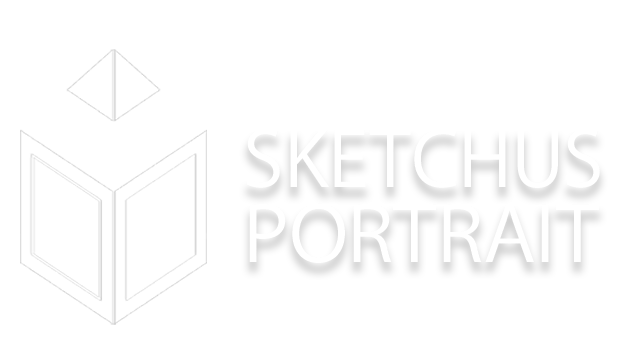Hello dear art lovers,
Today I want to share with you some of my techniques and secrets on how to use light and shadow effectively to draw stunning portraits. Whether you're a beginner or looking to develop your skills, these tips will surely help you take your art to the next level.

Understanding light sources
The first step to mastering light and shadow in your drawings is understanding light sources. Light can be soft or hard, direct or indirect, and each type of light has its own challenges and benefits. Experiment with different light sources to see how they affect the mood and shape of a face.

Use shadows to create depth
Shadows are not just dark areas. They are an essential tool for creating depth and dimension in your drawings. Pay close attention to where the shadows fall in relation to the light source and use them to emphasize the volume and contours of the face.

Set highlights
Highlights are the areas that catch the most light. They are crucial for drawing attention to certain facial features and bringing them "to life." A well-placed highlight can make an eye appear sparkling and alive.

Materials and tools
For drawing light and shadow, it is important to choose the right materials. Soft pencils (eg 2B, 4B) are great for deep shadows, while harder pencils (eg H, 2H) are ideal for fine details and light shading. Good drawing paper that supports a variety of textures can also make a big difference.

Practice makes perfect
As with any art form, practice is the key. Take the time to draw regularly and don't hesitate to experiment and learn from mistakes. Every portrait you draw will take you one step further on your journey to becoming a master of light and shadow.

I hope these tips help you improve your portrait drawing skills. Let's be creative together and continue exploring the wonderful world of art. Keep drawing and have fun!
See you next time
